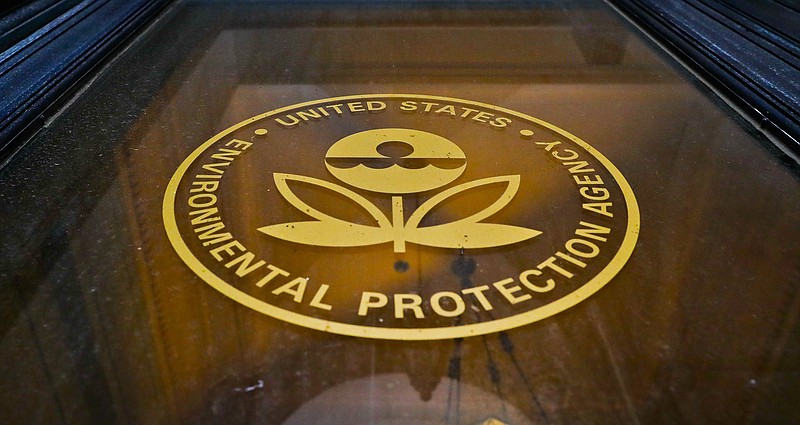A local site composed of residential properties, including areas used by children, has been proposed to be put on a list of the country's most toxic places.
The Southside Chattanooga Lead Site is one of 10 sites across the country recommended to be added to the Superfund Program's National Priorities List by the Environmental Protection Agency.
"The priority for proposing the Site is protecting children by identifying and cleaning up lead-contaminated soil at residential properties and other areas where children may be present," according to a release from the EPA.
The site is located where waste material was used in past decades as fill or top soil in Alton Park, Cowart Place, Jefferson Heights, Richmond and the Southside Gardens areas in the southwestern portion of Chattanooga.
Lead levels at the site were detected above health-based benchmarks. The EPA will work with other groups and agencies to clean the site and replace it with clean soil.
Sites are added to the National Priorities List when contaminants are considered threats to human health and the environment.
The move is another step in EPA Administrator Scott Pruitt's goal to identify and the clean toxic sites. The announcement comes on the heels of a targeted campaign for "immediate and intense attention" to clean and restore 21 sites in the U.S.
